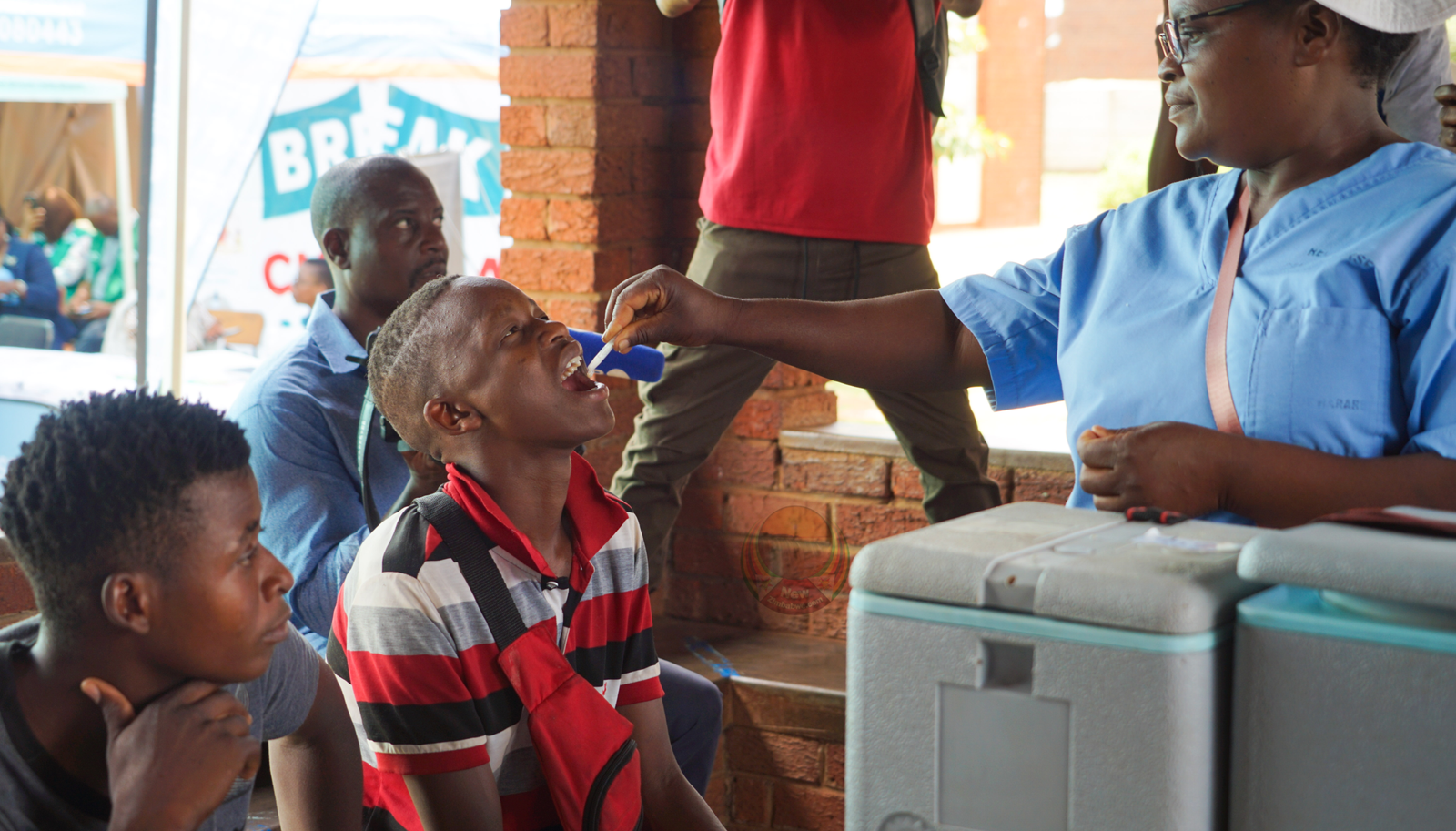In a significant update from Harare, Zimbabwe commemorates one year since the onset of a cholera outbreak that has posed serious health challenges across the nation. The Health Ministry reported a concerning tally of 454 suspected and 71 confirmed deaths due to the outbreak that began in February last year. Despite these figures, there’s a silver lining as Deputy Cholera Incident Manager, Stephen Karim, revealed a decrease in the fatality rate from 2.2% to 1.9%, signaling an improvement in the management of cases.
As of now, Zimbabwe has seen over 20,000 suspected cases, with a cumulative count reaching 23,935. Out of these, a heartening number of 23,147 individuals have recovered, while 233 patients are currently receiving treatment. The disease’s spread has varied geographically, with Harare witnessing the highest number of cases at 8,040, followed by Manicaland with 5,981 cases, and Masvingo with 2,665 cases. Bulawayo has reported the lowest at 29 cases since the outbreak’s beginning.
In response to the ongoing crisis, the Health Ministry, in collaboration with international partners like UNICEF and the World Health Organization, has initiated a door-to-door Oral Cholera Vaccination (OCV) campaign targeting the most affected areas. However, the global shortage of vaccine doses has necessitated a single-dose strategy while awaiting further shipments.
Karim highlighted the challenges in vaccine supply, attributing them to high demand across SADC countries affected by cholera and limited global availability. The single OCV dose provides six months of protection, though ideally, a two-dose regimen, administered two to six weeks apart, can extend protection up to three years. This interim measure allows for the planning of long-term cholera mitigation strategies.
This update reflects both the challenges and progress in Zimbabwe’s fight against cholera, underscoring the critical role of international collaboration and effective case management in overcoming public health crises.








